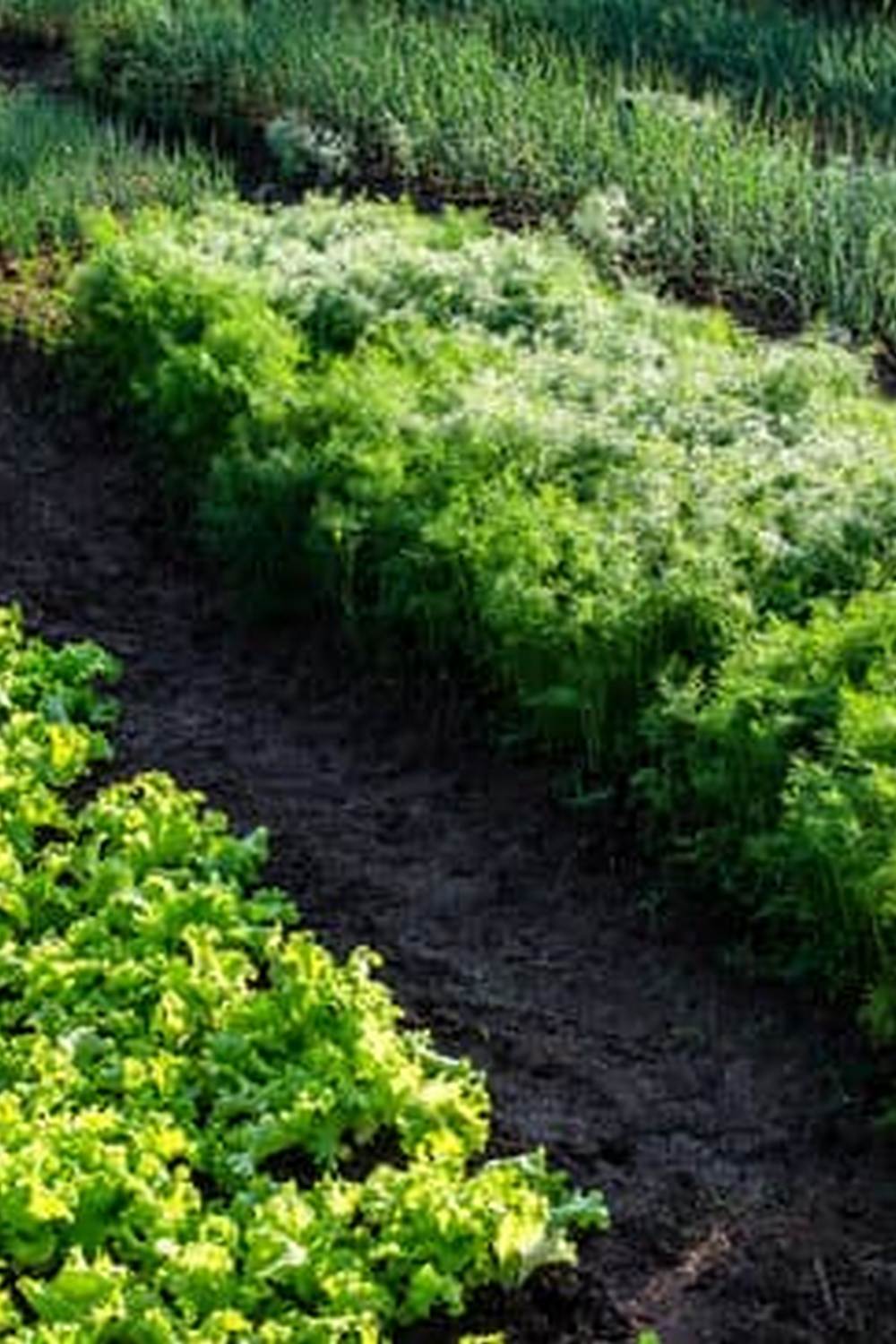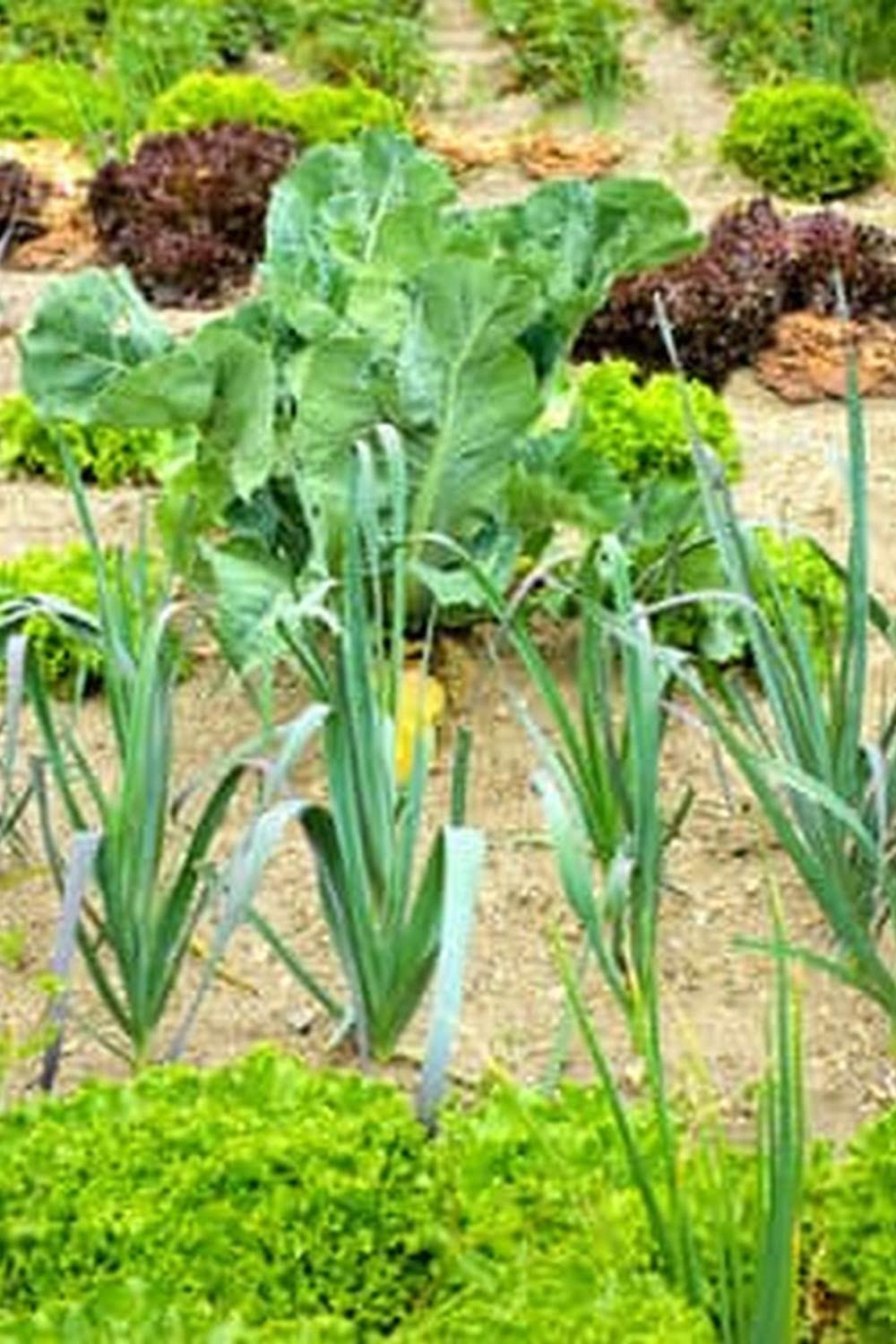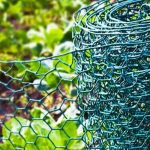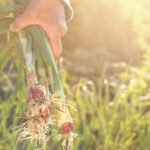Are you looking to start a vegetable garden but unsure of where to begin? Choosing the best state for gardening vegetables is crucial in ensuring successful growth and bountiful harvests. The climate, soil quality, sunlight, and water availability all play pivotal roles in determining which state is ideal for your vegetable garden. Whether you’re a seasoned gardener or a beginner, understanding these factors can make a significant difference in the outcome of your gardening endeavors.
Different climates and weather conditions greatly impact the growth of vegetables. Some plants thrive in warm, sunny environments while others prefer cooler temperatures. Soil quality is another essential factor to consider as it affects the nutrient content available to your plants. Without proper soil health, vegetables may struggle to grow and produce abundant yields. Additionally, sunlight requirements vary among different types of vegetables, highlighting the importance of selecting a location with adequate sun exposure for optimal growth.
Water availability is yet another vital aspect of successful vegetable gardening. Consistent watering is essential for plant health and productivity. Some states receive more precipitation than others, making them better suited for certain types of vegetables that require higher water intake.
By considering all these factors, you can determine the best state for gardening vegetables that aligns with your specific needs and preferences. Stay tuned as we delve into the top states known for their ideal conditions for growing vegetables and provide valuable tips for a thriving vegetable garden.
Climate and Weather Conditions
When it comes to vegetable gardening, one of the key factors to consider is the climate and weather conditions of the area where you plan to garden. Different vegetables thrive in different climates, so understanding how these factors can affect vegetable growth is crucial for a successful harvest.
Warm Season Vegetables
Vegetables like tomatoes, peppers, and squash are considered warm-season vegetables that require plenty of sunlight and warm temperatures to grow well. These vegetables do best in states with hot summers and mild winters, such as California, Florida, and Texas. These states have long growing seasons that are ideal for warm-season vegetables to flourish.
Cool Season Vegetables
On the other hand, cool-season vegetables like lettuce, broccoli, and carrots prefer cooler temperatures and can tolerate some frost. States in the northern regions like Washington, Oregon, and Maine are great options for growing cool-season vegetables. These states have milder summers and longer periods of cool weather that are perfect for these crops to thrive.
Moderate Climate Vegetables
There are also vegetables that fall in between warm-season and cool-season categories and prefer moderate climates. States like North Carolina, Virginia, and Georgia offer a balance of warm summers and cool winters that make them suitable for a wide variety of vegetables. These states provide an opportunity to grow both warm-season and cool-season crops throughout the year.
Soil Quality
One of the key factors to consider regarding soil quality is its texture. Soil texture refers to the size of mineral particles within the soil, classified as sand, silt, or clay. Each type of soil texture has its own advantages and challenges when it comes to vegetable gardening.
For example, sandy soils drain quickly but may require more frequent watering, while clay soils hold onto moisture but can become compacted easily. The ideal soil texture for vegetable gardening is loam, which is a balanced mixture of sand, silt, and clay that provides good drainage and moisture retention.
In addition to soil texture, the pH level of the soil is also crucial for successful vegetable gardening. Most vegetables prefer slightly acidic to neutral soils with a pH range between 6.0 and 7.0.
Testing your soil’s pH level can help you determine if any adjustments are needed to create an optimal growing environment for your vegetables. Adding organic matter such as compost or well-rotted manure can help improve soil structure, fertility, and pH balance for healthier plant growth.
| Soil Quality Factors | Impact on Vegetable Gardening |
|---|---|
| Soil Texture | Determines drainage and moisture retention capabilities |
| pH Level | Affects nutrient availability to plants |
Sunlight Requirements
Sunlight is one of the most critical factors in vegetable gardening, as it plays a pivotal role in the growth and development of plants. Different types of vegetables have varying sunlight requirements, with some needing full sun exposure while others thrive in partial shade. Understanding these needs is essential for successful cultivation.
Tomatoes, peppers, cucumbers, and squash are examples of vegetables that require full sun, which typically means at least 6-8 hours of direct sunlight per day. On the other hand, leafy greens such as lettuce, spinach, and kale can tolerate some shade and may actually benefit from protection against intense sun during the hottest parts of the day. Root vegetables like carrots and beets fall somewhere in between, needing about 4-6 hours of sunlight daily.
To optimize sunlight exposure for your vegetable garden, consider the layout of your outdoor space. Place taller plants on the northern side of your garden to prevent shading smaller ones. Utilize trellises or stakes to lift vining plants off the ground and ensure they receive adequate light. Also, regular trimming or pruning can help promote better light penetration into bushier plants.
| Vegetable | Sunlight Requirements |
|---|---|
| Tomatoes | Full Sun (6-8 hours) |
| Lettuce | Partial Shade |
| Carrots | 4-6 hours of Sunlight |
Ensuring that your vegetables receive adequate sunlight is crucial for healthy growth, strong stems, vibrant foliage, and ultimately a bountiful harvest. By understanding and meeting the sunlight requirements of different types of vegetables in your garden, you can set yourself up for success in growing a variety of nutritious and delicious produce right at home. Remember that proper placement and management will go a long way in maximizing the benefits of natural light for your vegetable plants.
Water Availability
When it comes to successful vegetable gardening, water availability plays a crucial role in ensuring the health and growth of your plants. Different vegetables have varying water requirements, so it is essential to understand the needs of the specific crops you are growing. Adequate hydration is vital for nutrient uptake, photosynthesis, and overall plant development.
Watering Frequency
The frequency of watering your vegetable garden will depend on several factors, including the type of soil, weather conditions, and the stage of plant growth. Sandy soils tend to drain quickly and may require more frequent watering compared to clay soils. It is important to monitor the moisture level of the soil regularly and adjust your watering schedule accordingly.
Irrigation Methods
There are various irrigation methods available for vegetable gardening, including drip irrigation, soaker hoses, sprinklers, and hand watering. Drip irrigation is considered one of the most efficient methods as it delivers water directly to the roots of plants, minimizing wastage through evaporation or runoff. Soaker hoses are also a popular choice for maintaining consistent soil moisture levels without wetting foliage.
Conserving Water
In regions where water availability is limited or during periods of drought, it is essential to practice water conservation techniques in your vegetable garden. Mulching can help retain moisture in the soil and reduce evaporation rates. Collecting rainwater in barrels or utilizing greywater from household activities can also supplement your garden’s irrigation needs while reducing water waste.
By prioritizing water availability and implementing efficient irrigation practices, you can ensure a thriving vegetable garden that yields bountiful harvests. Whether you are a beginner or experienced gardener, understanding the significance of proper hydration for your plants is key to achieving success in vegetable gardening. Consider these tips and tailor them to meet the unique requirements of your chosen crops in order to maximize growth and productivity in your garden.
Best States for Vegetable Gardening
When it comes to vegetable gardening, choosing the right state can make a significant difference in the success of your garden. Certain states offer ideal conditions for growing a wide variety of vegetables, ranging from climate and weather conditions to soil quality and water availability. Here are some of the top states that are considered the best for gardening vegetables:
- California: Known for its diverse climates, California offers an excellent environment for growing a wide range of vegetables. Regions like the Central Valley have fertile soil and ample sunshine, making it a top choice for vegetable gardening.
- Oregon: With its mild temperatures and abundant rainfall, Oregon is another great state for vegetable gardening. The state’s rich soil and long growing season provide favorable conditions for crops like tomatoes, peppers, and lettuce.
- Washington: Washington state’s moderate climate and well-drained soils make it an ideal location for growing vegetables. Areas like the Yakima Valley benefit from plenty of sunlight, perfect for cultivating crops such as onions, carrots, and potatoes.
Aside from these top states, other regions like New York, Vermont, and Arizona also offer excellent conditions for vegetable gardening. Whether you’re a beginner or experienced gardener, selecting a state with ideal conditions can significantly impact the productivity and success of your vegetable garden. By considering factors such as climate, soil quality, sunlight availability, and water resources, you can maximize your chances of cultivating a thriving garden.
Remember that each state may have different planting seasons and specific varieties of vegetables that thrive best in their respective climates. Conduct research on local gardening practices and consider consulting with extension offices or master gardeners in your area for personalized advice on how to make the most out of gardening in your chosen state.With proper planning and care.
Tips for Successful Vegetable Gardening
When it comes to successful vegetable gardening, there are several key tips and tricks that can help ensure a bountiful harvest. One of the most important aspects to consider is the location of your garden. Choosing the best state for gardening vegetables can greatly impact the success of your crops. Some states have more favorable climates, soil quality, and sunlight availability for vegetable growth than others.
To set yourself up for success, here are some helpful tips for successful vegetable gardening:
- Choose the right location: Select a sunny spot with well-drained soil for your vegetable garden.
- Plan your garden layout: Consider companion planting to optimize space and resources in your garden.
- Start with healthy seedlings: Purchase or start with healthy seedlings from reputable sources for a strong start.
- Mulch and water regularly: Mulching helps retain moisture and suppress weeds, while consistent watering is essential for plant health.
- Rotate crops annually: Avoid planting the same vegetables in the same spot year after year to prevent depletion of nutrients in the soil.
By following these tips and selecting the best state for gardening vegetables, you can increase your chances of having a successful and productive vegetable garden. Whether you live in a state known for its fertile soil or abundant sunshine, taking these steps can help you grow a variety of delicious veggies to enjoy throughout the growing season.
Conclusion
In conclusion, choosing the best state for gardening vegetables is crucial in ensuring a successful and bountiful harvest. The climate and weather conditions, soil quality, sunlight requirements, and water availability all play significant roles in the growth and development of vegetables. By selecting a state that aligns with these factors, gardeners can optimize their chances of growing healthy and thriving plants.
Among the top states for vegetable gardening are California, Florida, and Texas. These states typically have favorable climates, fertile soils, ample sunlight, and access to water resources – making them ideal environments for growing a wide variety of vegetables. However, it’s important for aspiring gardeners to consider their specific needs and preferences when choosing the best state for their garden.
In closing, whether you’re a seasoned gardener or just starting out, taking into account the key elements discussed in this article will help you determine the best state for gardening vegetables. With proper planning, preparation, and care, anyone can enjoy the satisfaction of cultivating their own fresh produce right in their backyard. So don’t hesitate – start your vegetable garden in the best-suited state today and reap the rewards of homegrown goodness.
Frequently Asked Questions
What State Is Best to Grow Vegetables?
The state best for growing vegetables depends on various factors such as climate, soil quality, and available resources. States like California, Florida, and Texas are known for their diverse climates that support various types of crops.
What Is the Best State for Year Round Gardening?
When it comes to year-round gardening, states with milder climates like California, Arizona, and Florida are popular choices. These states enjoy warmer temperatures throughout the year, making it easier to grow plants regardless of the season.
Where in the US Is Best for Gardening?
The best place in the US for gardening ultimately depends on personal preferences and gardening goals. Some gardeners prefer states with longer growing seasons like California or Texas, while others may prioritize access to fresh water sources like Oregon or Washington State. Each region offers unique advantages for gardening enthusiasts.

If you’re looking to get into vegetable gardening, or are just looking for some tips on how to make your current garden better, then you’ve come to the right place! My name is Ethel and I have been gardening for years. In this blog, I’m going to share with you some of my best tips on how to create a successful vegetable garden.





